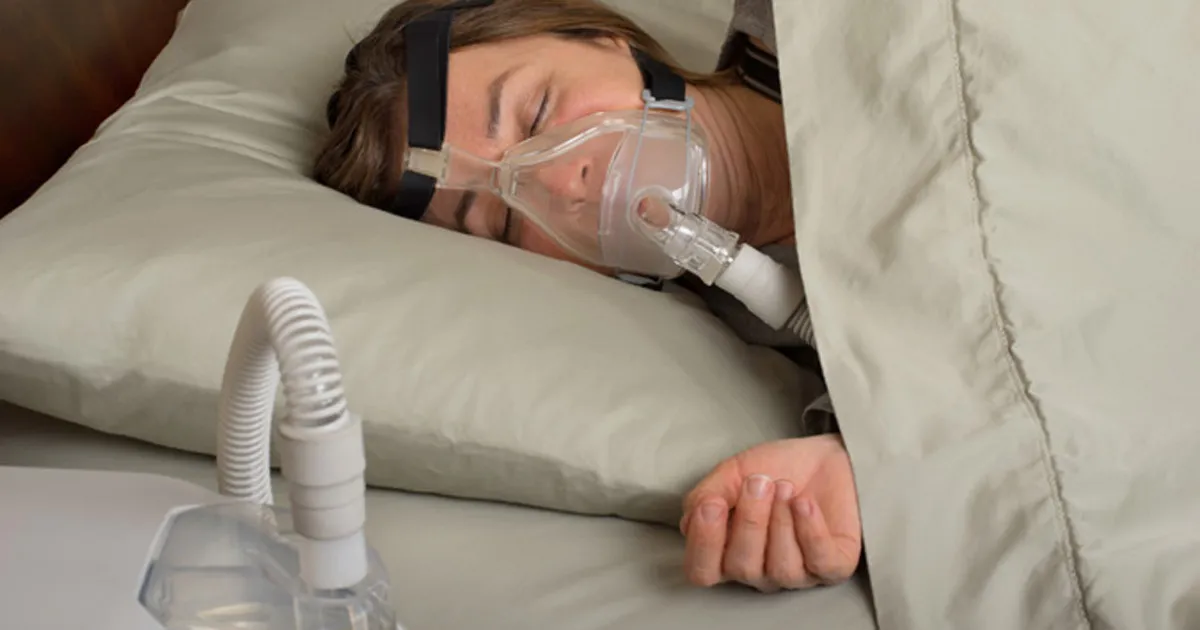Mouth exercises, head position, may improve obstructive sleep apnea
Click Here to Manage Email Alerts
Myofunctional therapy — previously defined in Sleep as isotonic and isometric mouth exercises geared toward the lips, tongue, soft palate and lateral pharyngeal wall — reduced apnea-hypopnea indices in older patients with obstructive sleep apnea, or OSA, according to research discussed at the SLEEP annual meeting.
A second abstract, also presented at SLEEP, suggested that a patient’s head position, regardless of their torso position, may lower blood oxyhemoglobin de-saturation levels and apnea-hypopnea indices.
Mouth exercises
In the first study, Mayumi Suzuki, MD, of the division of comprehensive sleep medicine, at Tokyo Women's Medical University Hospital, and colleagues noted that research that explores myofunctional therapy’s potential to reduce apnea-hypopnea indices in older patients has been limited.
Data in Sleep Medicine Reviews indicate that elderly patients are more likely to be diagnosed with either mild or moderate OSA.

Suzuki and colleagues observed as 28 patients with severe OSA (mean age, 71 years; mean apnea-hypopnea, 34.7 indices) added three daily myofunctional therapy treatments to their existing treatment regimen of either continuous positive airway pressure or oral appliances for 6 months.
They found that after the oral myofunctional therapy, patients’ mean apnea-hypopnea indices dropped from 36.2 to 31.9 (P = .025) and their Epworth Sleepiness Scale scores dropped from 7.5 to a range of 4 to 6 (P =.013).
“Myofunctional therapy might support the treatment to elder patients with moderate to severe OSA,” Suzuki and colleagues concluded.
Head position
In the second study, Payam Aghassi, MD, of the Massachusetts Lung and Allergy Center and colleagues asked eight patients with OSA to wear head sensors and sleep with their head less than 20 degrees from the horizon created by their pillow.
Researchers found that 86% of the patients experienced 70% or more improvement in their apnea-hypopnea indices and blood oxyhemoglobin de-saturation levels. The remaining patients recorded improvements of 34%.
“We have discovered that if only the head position is considered, all subjects are positional sensitive and OSA severity can be calculated and consistently minimized by limiting the allowable range of head pitch and roll angle during sleep,” Aghassi and colleagues wrote.
A device that utilizes the safe head angles during sleep will be tested during an upcoming phase 2 trial, they added. – by Janel Miller
References:
Aghassi P, et al. Innovative methodology and device detecting head position for the treatment of obstructive sleep apnea and snoring.
Suzuki M, et al. Impact on oral myofunctional therapy to treat the patients with moderate to severe obstructive sleep apnea.
Both presented at: SLEEP 2019; June 8-12; San Antonio.
Also:
American Academy of Sleep Medicine Fact Sheet on Obstructive Sleep Apnea. https://aasm.org/resources/factsheets/sleepapnea.pdf. Accessed June 14, 2019.
Camacho M, et al. Sleep. 2014;doi:10.5665/sleep.4652.
Otero A, et al. Conf Proc IEEE Eng Med Biol Soc. 2010;doi:10.1109/IEMBS.2010.5626444.
Senaratna CV, et al. Sleep Med Rev. 2017;doi: 10.1016/j.smrv.2016.07.002.
Disclosures : Healio Primary Care was unable to determine the abstracts’ authors relevant financial disclosures prior to publication. Please see the individual studies cited for those authors’ relevant financial disclosures.
